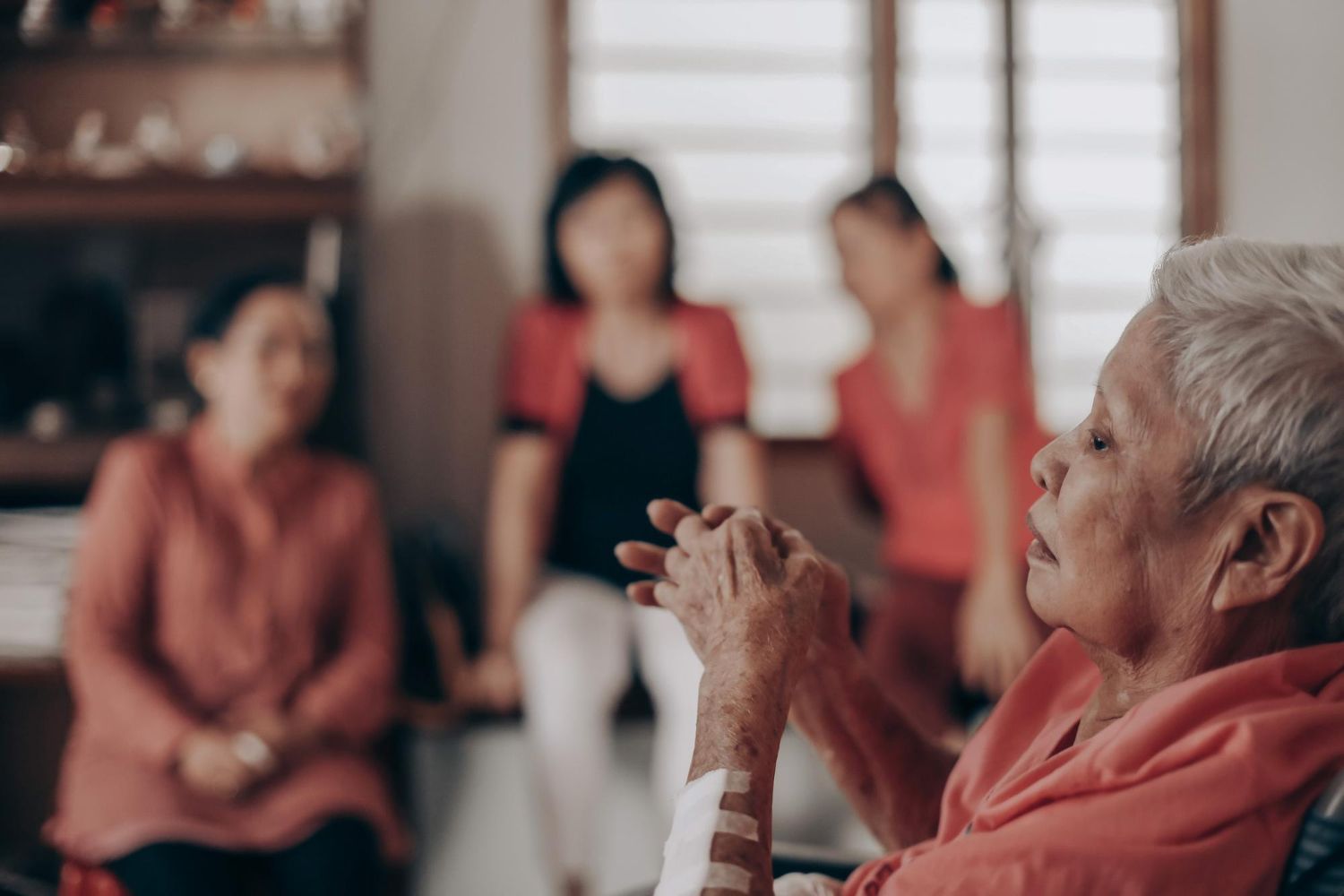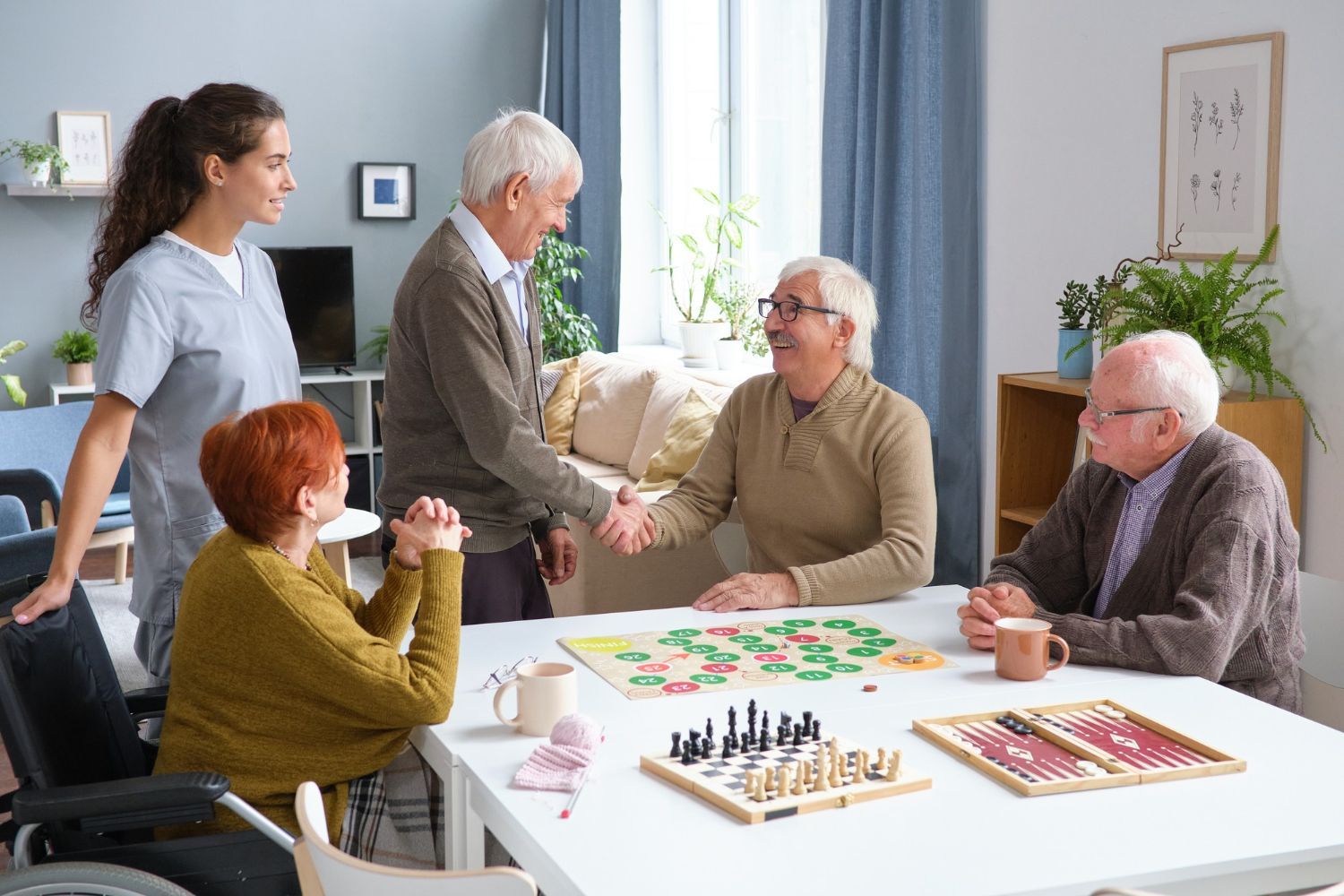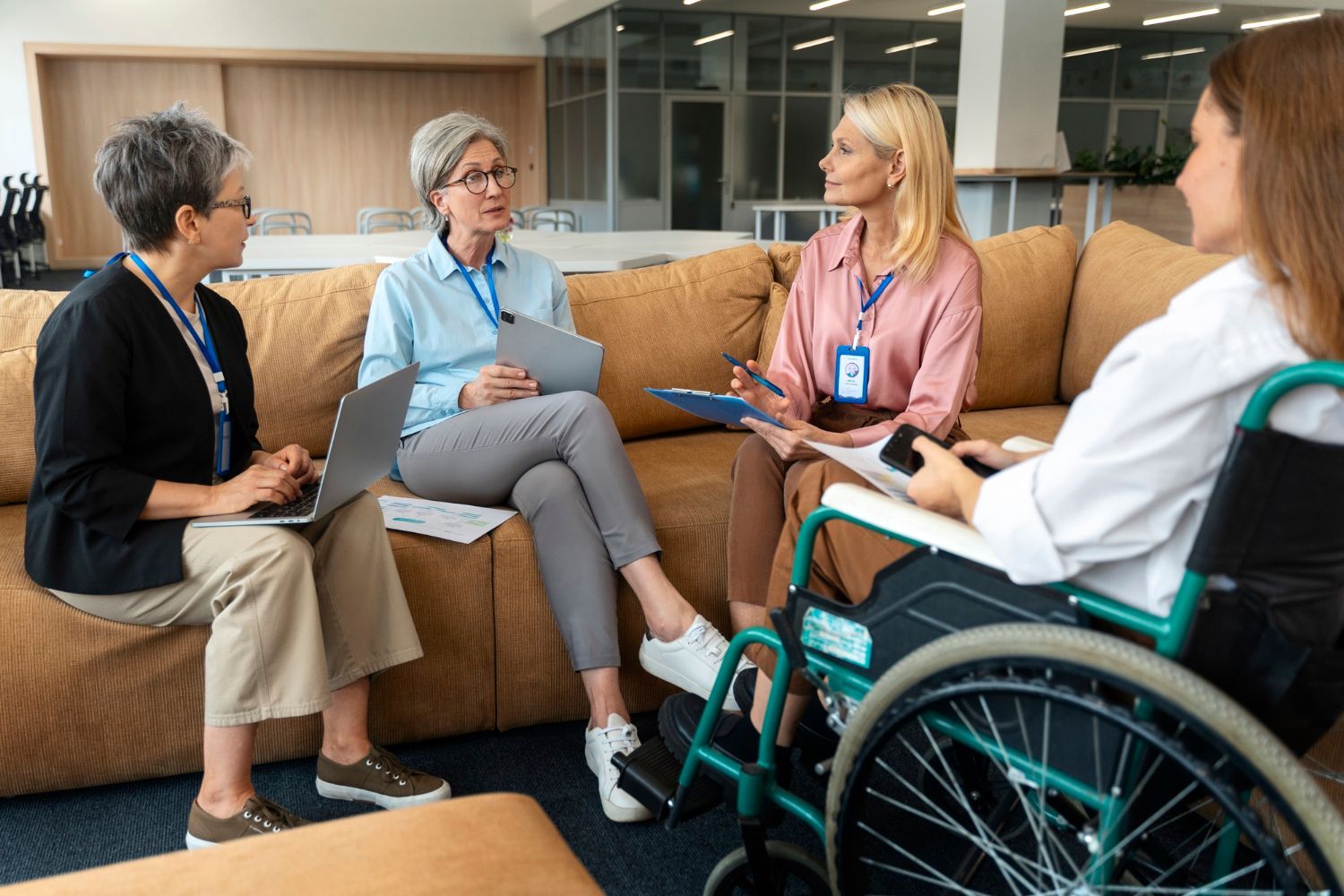Innovative approaches to dementia care in Australia.
Innovative approaches to dementia care in Australia
Dementia care in Australia is undergoing a remarkable transformation. With over 400,000 Australians currently living with dementia, the demand for person-centred, dignified and effective care continues to rise. At Tarrays, we believe that innovation is not just about technology but about creating environments, practices and programs that help people living with dementia maintain their independence, identity and joy in daily life.
In this blog, we explore some of the innovative approaches shaping the future of dementia care across Australia.
1. Person-centred and relationship-based care
The most significant shift in dementia support has been the move from task-oriented care to person-centred models. Instead of focusing on what an individual cannot do, care providers now focus on what they can do, tailoring care plans to their preferences, history and personality.
Relationship-based care strengthens this approach by building trust and emotional connections between support workers and clients. It acknowledges that consistency in caregivers reduces confusion and fosters familiarity — both of which are vital for people living with dementia.
At Tarrays, this philosophy drives our care model. Our team prioritises compassion, patience and understanding, recognising that every client’s journey with dementia is unique and deeply personal.
2. Dementia-friendly environments
The design of a care environment can significantly influence the comfort, safety and confidence of those with dementia. Across Australia, aged care and day centres are being reimagined with dementia-friendly principles.
Features such as contrasting colour schemes, clear signage, accessible outdoor spaces, and homelike furnishings help reduce anxiety and promote orientation. Even small adjustments — like consistent furniture placement or natural lighting — can make a big difference.
Tarrays’ upcoming Dementia Day Centre has been designed with these principles at its core. The space will encourage independence and engagement, allowing clients to move freely, participate in activities, and feel a sense of belonging within their community.
3. Cognitive stimulation and creative therapies
Engaging the mind through structured activities can slow cognitive decline and improve quality of life. Innovative dementia programs across Australia are using creative approaches like:
- Music therapy, which taps into emotional memory and can evoke positive responses even in later stages of dementia.
- Art therapy, allowing self-expression without the need for verbal communication.
- Reminiscence therapy, where clients share memories using photos, familiar objects or music from their past.
At Tarrays, we integrate these techniques into our daily programs. Whether through group singalongs, art sessions, or storytelling circles, our activities are designed to bring joy, meaning and connection to each day.
4. Technology-assisted care
Technology is transforming how dementia care is delivered. In Australia, innovations such as wearable devices, GPS trackers, and sensory engagement tools are improving safety and wellbeing.
For example, smart home systems can monitor daily routines, automatically adjusting lighting or reminding clients to take medication. Virtual reality (VR) therapy is also gaining traction, enabling immersive experiences that reduce agitation and stimulate positive emotions.
However, the real power of technology lies in its ability to complement human care — not replace it. At Tarrays, we believe technology should enhance dignity and safety while keeping empathy and human connection at the heart of care.
5. Community-based and social inclusion programs
One of the most important innovations in dementia care is the growing emphasis on inclusion. Rather than isolating individuals, more communities are becoming “dementia-friendly,” with local businesses, transport services and councils trained to support people living with dementia.
Day centres like Tarrays play a vital role in this movement. We provide opportunities for social engagement, physical activity, and companionship — helping clients stay active and connected while offering families much-needed respite.
6. Workforce training and support
No innovation can succeed without skilled and compassionate carers. That is why many Australian providers, including Tarrays, invest in continuous training for staff. Specialised dementia education ensures that support workers understand behavioural changes, communication strategies, and emotional support techniques.
By empowering our team, we ensure every client receives care that is not only professional but deeply empathetic.
Final thoughts
Innovation in dementia care is about more than new tools or technology — it is about reimagining how we value and support people living with dementia. From person-centred care and creative therapies to inclusive community programs, Australia is making steady progress toward a more compassionate and responsive care landscape.
At Tarrays, we are proud to be part of that movement. Through our Dementia Day Centre and community support programs, we help individuals live independently, stay engaged, and feel respected every step of the way.











